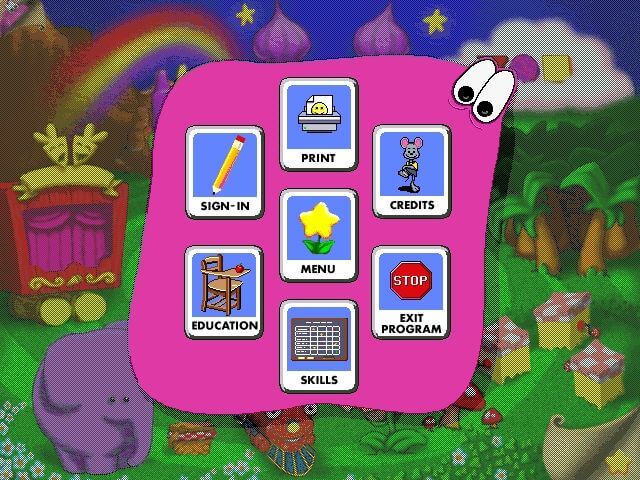

Windows system imaging is more robust for redeploying an image to other endpoints but it is also more complex.

So, the last thing you want to do is "clone" an image unless you are going to reapply it to the exact same machine and hardware. Insert an empty CD and click the Burn button to begin burning the selected ISO image file. isoburn.exe /Q path to ISO file Disc Image Burner will launch. At the Command Prompt, type the following command and press Enter. MDT's built-in task sequences take care of that for you. In Windows 10 or 8, just press the Windows key + X to open the Quick Access menu and then click Command Prompt (Admin). That is why WinPE is designed to strip drivers and identifiers before you capture an image. If you don't, it will create duplicate GUIDs in AD because it will literally be a clone and that isn't good for SIDs and GUIDs. In fact, you should also make sure that you run all phases of WinPE to prep and finalize the image. Select 'Verify disc after burning' to make sure the ISO was burned without. Right-click on the ISO file and select 'Burn disk image.' 3. If you are going to capture an image using dism or imagex, make sure that the image you are capturing is not domain joined. Insert a blank CD or DVD in your writable optical drive. The target image can also handle the domain join. This allows you to fully automate the build process and use a base image to deploy with other applications and drivers added through the target image. Follow the instructions to create a reference image and target image task sequence to capture (reference) and deploy (target) an image to machines from the MDT repository.

Youll find the folder filled with everything the ISO. If you want to have some real fun, download and install MDT. Now, all you do is click on the EXE file to start running the ISO as if burned to disc or removable media.


 0 kommentar(er)
0 kommentar(er)
